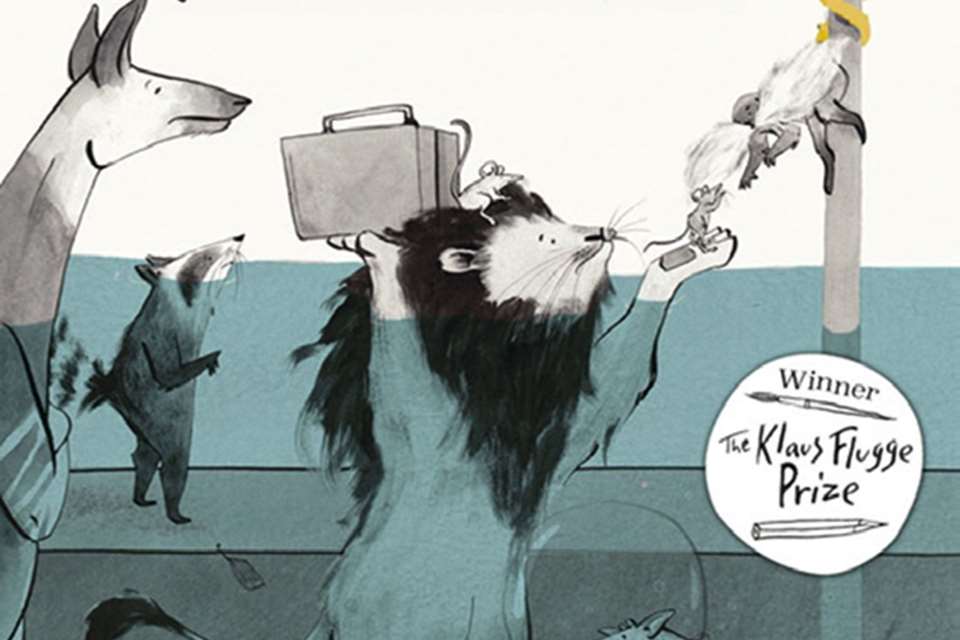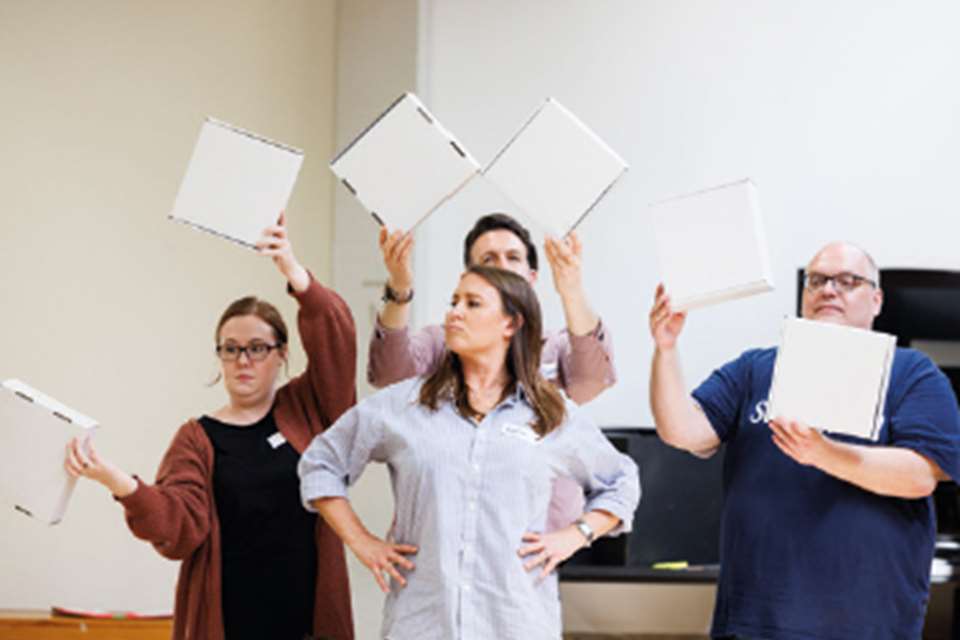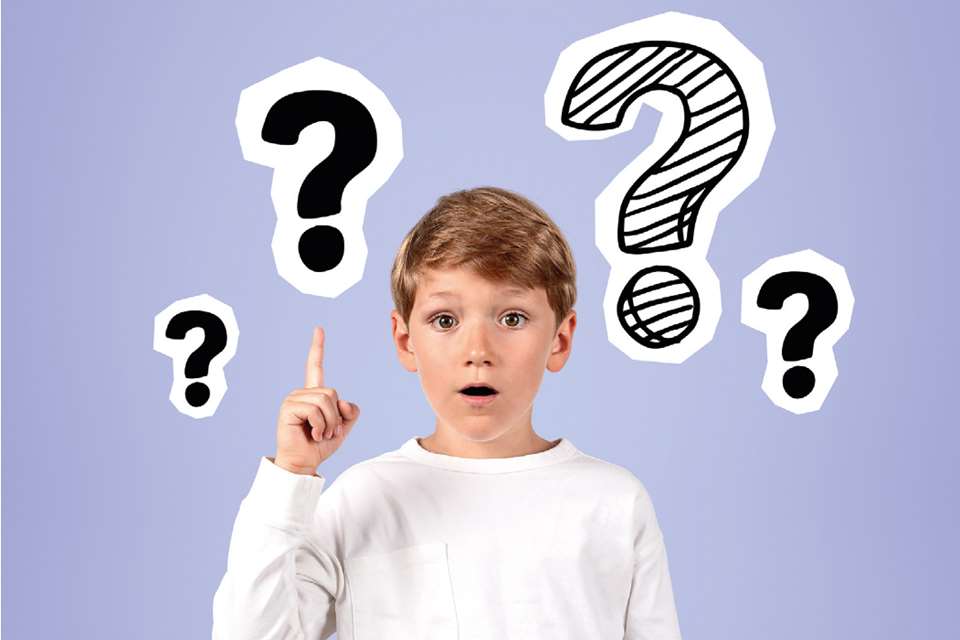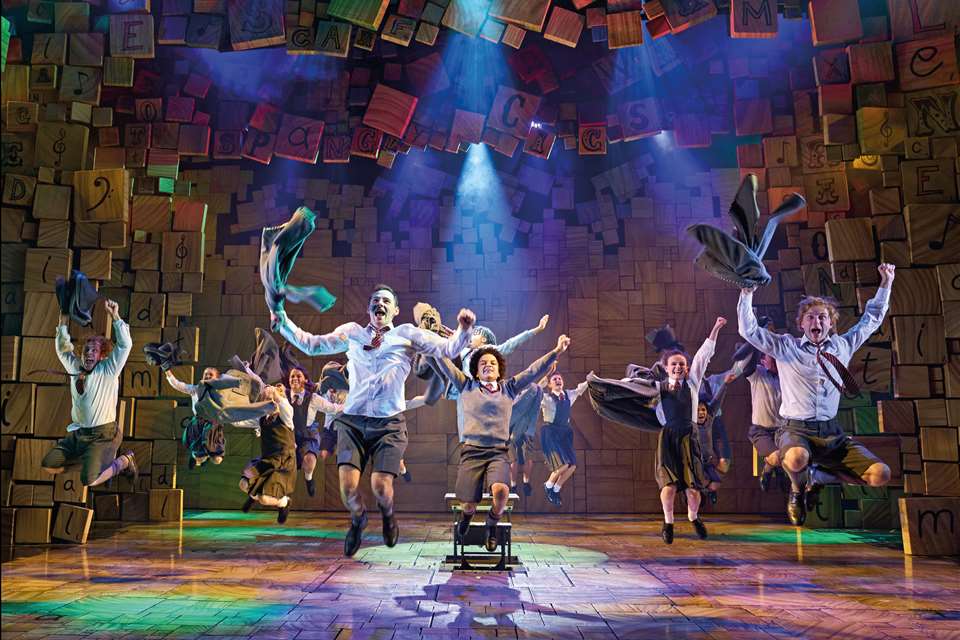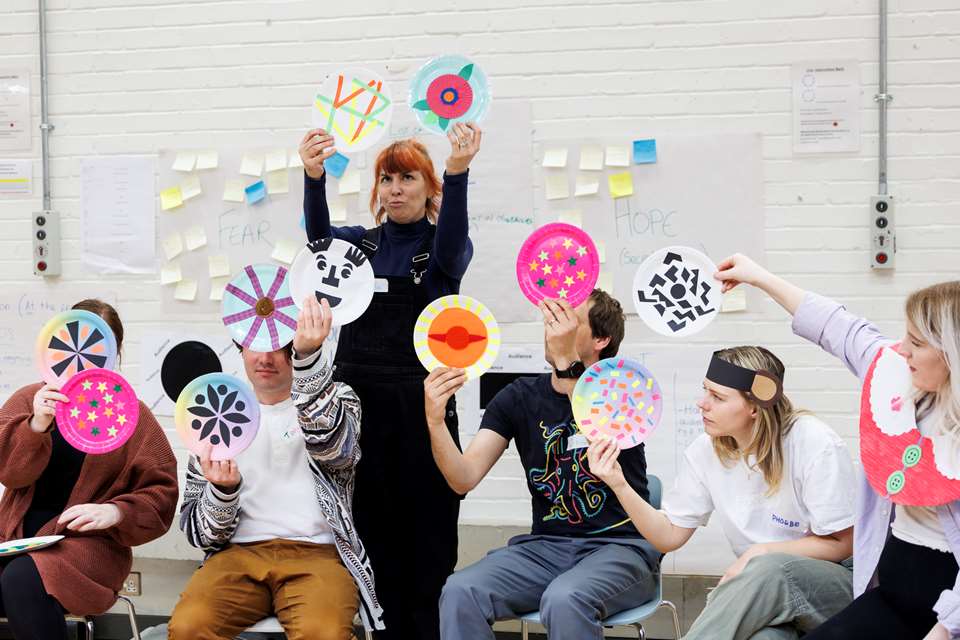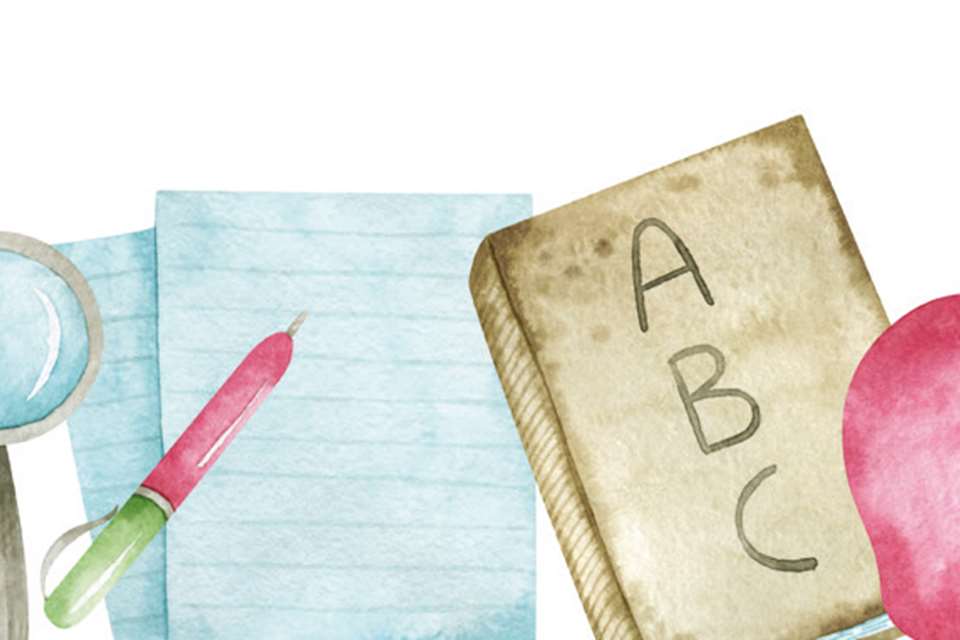Immersive theatre in primary: Hopes and dreams
Peter Higgin
Thursday, February 1, 2024
Artistic director and co-founder of Punchdrunk Enrichment, Peter Higgin, has made it his mission to encourage more teachers to curate immersive learning experiences in their primary classrooms, as he tells D&T.
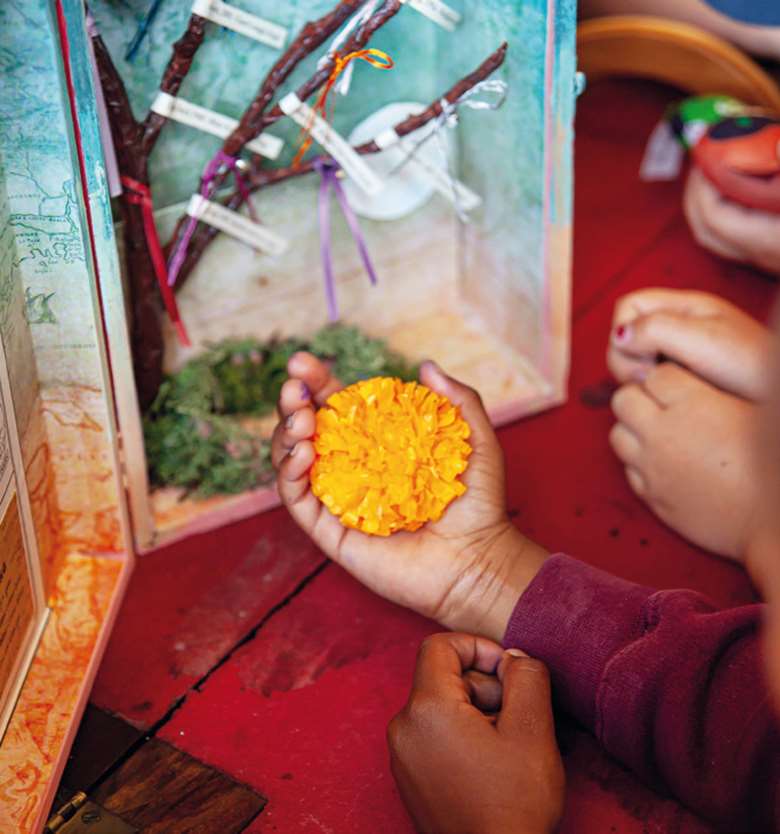
Stephen Dobbie
Immersive learning has its roots in immersive theatre – an art form that invites the audience to move through a theatrical world as active participants. In stepping through a door to another world, the audience can feel anything from awe to excitement. This is mirrored in Punchdrunk Enrichment's approach to immersive learning, however because it's about learning, rather than entertainment, the experience is more purposeful for the individual.
Part of the story
For example, A Small Tale starts with a teacher reading a book about two tiny people, Abe and Alba. The teacher leaves the book open overnight, and when the pupils return the next morning, they discover that Abe and Alba have disappeared. Inky footprints across the blank pages suggest they have escaped and are at large in the school.
During the rest of the week the teacher leads pupils through an immersive learning experience. They track down clues through the school which give them glimpses of the pair's increasingly mischievous escapades. To get Abe and Alba back into the book, the children realise they need to write adventure stories to tempt them to return to safety. They leave a trail of stories through the school overnight. The next day the book is magically restored to its original state.
The educational mission in A Small Tale is to get KS1 children to write stories. Abe and Alba give the children a reason to write: they want to help the book's characters return to the security of its covers. It is a purposeful experience.
Characteristics of immersive learning
Immersive learning happens directly to the learner. They are protagonists and their feelings are as much part of the story as the characters they encounter. They have a specific role and are uniquely placed to help. Learners ‘work’ to propel forward the narrative, and in turn their learning is positioned as a chapter in an unfolding story. At the end of the experience, learners are encouraged to take their new expert role back to their normal lives, for example in A Small Tale pupils are encouraged to keep writing stories and to look for other magical books.
Projects like A Small Tale site immersive learning in everyday spaces and during a normal school day. This creates an uncanny sensation for the children of things belonging simultaneously in school and in the imaginary world. We've just launched The Wishing Cupboard, a session for Early Years students that draws on this approach and has been co-developed with nursery and reception teachers. In this project a small cupboard arrives in the class with a message asking the children to re-imagine objects, such as a hair grip or a seed, and to consider their true destiny.
Led by their teacher, the children discover that they need to help each object to find its destiny through writing, drawing and speaking. Could the hair grip be a mouse's violin bow or the seed a piece of a dragon's scale?
The next day one of the ‘wishes’ physically materialises (set up by the teacher) next to the cupboard. Soon afterwards, the object disappears from The Wishing Cupboard but the children receive a postcard from the object thanking them for all their wishes and explaining where they have finally arrived.
Helping teachers to create their own immersive experiences
We are keen for teachers to lead immersive learning themselves. For the past three years, we have been working with a group of primary schools in Greenwich. As part of this, teachers have developed their own immersive learning projects.
For example, at Eglinton Primary School, they developed a story about Marcel, the printer, who was from another world where a freak storm had blown away all the colour affecting the emotions of people in his world. He urgently needed the children to create pictures to help return colour to his world. In a series of specially designed lessons, the children were introduced to artists like Mondrian, Jackson Pollock and Andy Warhol and created pictures inspired by them which were displayed around the school.
‘Many children label themselves as either good or bad at art and this can affect how hard they try at the subject’
Debbie Gamble, assistant headteacher at Eglinton, explained her motivation for the project: ‘Many children label themselves as either good or bad at art and this can affect how hard they try at the subject. Creating a whole-school experience, where the children's help was essential for the story to progress, has helped to feel more confident and positive about their abilities in art.’
Understanding the impact of immersive learning
More than 10 years' work with schools shows us that immersive learning positively impacts children's learning and wider development. Immersive learning calls on children to help with a critical task which they need to do for there to be a successful outcome. Teachers tell us that this changes how they see themselves.
Overall, immersive learning encourages more children to participate. Children who never normally interact in a class will corroborate each other's stories to a teacher and talk enthusiastically about their experiences.
At Punchdrunk we are currently researching the impact of our work based on children's reported purpose and motivation to learn, their positivity, and their possibility, such as problem solving and creativity. We'll be sharing more in 2024 and would welcome teachers getting in touch to offer their own perspectives.


